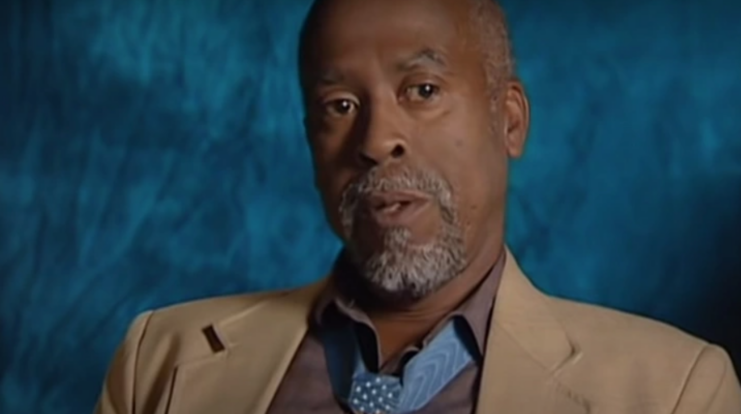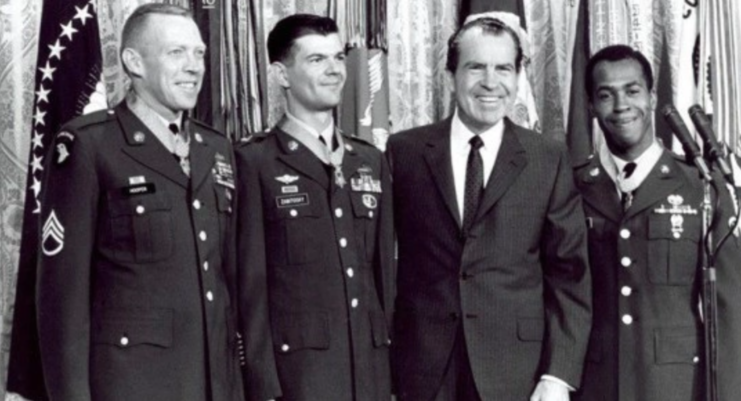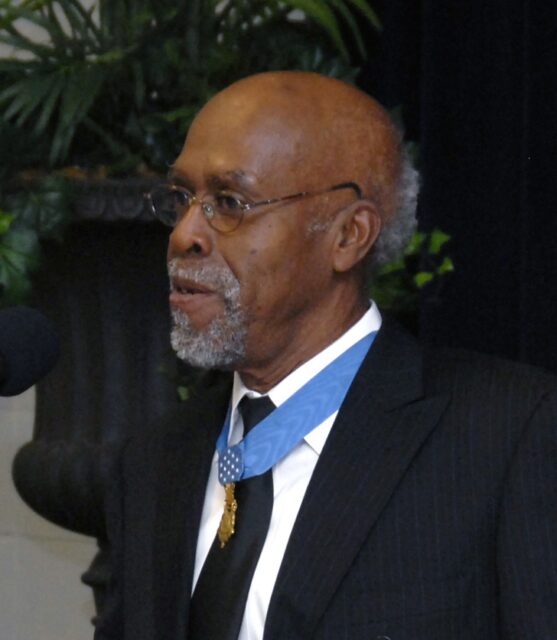The Vietnam War was a decades-long conflict that saw millions of Americans shipped overseas to fight the Communist forces. Of those who served, over 200 were awarded the Medal of Honor, including Clarence Sasser, a US Army medic who braved intense enemy fire to render aid to his injured comrades during an ambush. Completely disregarding his own safety – and while suffering life-threatening wounds – he exemplified true bravery in the face of death and danger.
Clarence Sasser was drafted into the US Army

Clarence Sasser was born on September 12, 1947, in Chenango, Texas. Growing up Rosharon with his mother, step-father, sister, brother and four step-siblings, he was among the last students to sit in a segregated class at Marshall High School, where he was an excellent student and played football.
Following his graduation in 1966, Sasser briefly attended the University of Houston, but was forced to drop down to part-time, due to the costs. This affected his ability to defer his drafting into the US military and, in June 1967, he enlisted in the Army.
After training as a medical aid man, Sasser was assigned to Headquarters and Headquarters Company, 3rd Battalion, 60th Infantry Regiment, 9th Infantry Division. He knew he’d soon be shipped overseas, with his arrival in Vietnam occurring in September of that year.
Braving heavy enemy fire along the Mekong River Delta

On the morning of January 10, 1968, Clarence Sasser was one of 115 American soldiers tasked with conducting reconnaissance along the Mekong River Delta, in Định Tường province, South Vietnam. Serving with Company A, 3rd Battalion, 60th Infantry Regiment, 9th Infantry Division, he and his comrades were landing their helicopters when the area became engulfed in enemy fire. Viet Cong guerrillas were attacking from three sides, with 30 casualties sustained within just the first few minutes.
Despite suffering an injury to his leg, Sasser’s training as a medic prompted him to run across a rice paddy, toward the men who’d been wounded. After safely moving one soldier, the private first class suffered additional injuries when a rocket exploded nearby. He later said of the event, “Shell fragments are something. I’ll never forget how they feel. The pain sets in later. The initial shock is what you experience, and the searing – shell fragments are hot.”
Refusing medical attention, Sasser continued to brave heavy fire as he rendered aid to more of the wounded. Even after losing the use of his legs to injury and suffering from blood loss, he dragged himself 100 meters through the muddy rice paddy to reach more of the injured, urging them to crawl another 200 meters to safety. He then spent the next five hours caring for their wounds.
Sasser and his comrades were later evacuated from the scene by helicopter. He later credited the close air support from the US Air Force with ensuring they all didn’t end up losing their lives.
Clarence Sasser received the Medal of Honor

Clarence Sasser was treated at a hospital immediately following the engagement, after which he was sent to Japan to undergo additional treatment. While there, he began helping out at the dispensary, where he remained until his tour of duty was done.
On March 7, 1969, at a ceremony at the White House, Sasser was presented with the Medal of Honor by US President Richard Nixon. Two others – US Army Staff Sgt. Joe Hooper and Sfc. Fred Zabitosky – also received the distinction. Despite what many said, the medic didn’t believe he had gone above and beyond during the fight with the Viet Cong. Instead, he felt he had simply done his job.
“I don’t think what I did was above and beyond,” he later said. “I never have, and for a long time I had a problem with that. But finally … a friend helped me reconcile it to the point that it meant, ‘Hey, you did your job.'”
He added, “I believed firmly that my job was to care for the guys. I didn’t think that picking up a weapon would help [us]. My job was to treat ’em – to at least let ’em know that doc was around, and would come see if they called.”
Return to civilian life

Following his discharge from the US Army in June 1969, Clarence Sasser restarted his post-secondary studies in chemistry, with Texas A&M University offering him a scholarship. While attending school, he married Ethel Morant, with whom he’d have three children: Billy, Ross and Benjamin.
Sasser never wound up completing his studies at Texas A&M, as he soon found work at a petrochemical oil refinery. After working there for five years, he transitioned into a role within the Department of Veterans Affairs (VA), stationed out of Houston.
More from us: US Navy SEAL Solomon Atkinson Embodied the Spirit of Dedicated Military Service
On May 13, 2024, in Sugar Land, Texas, Sasser passed away, having been predeceased by his wife in 1996. He was 76 years old.
